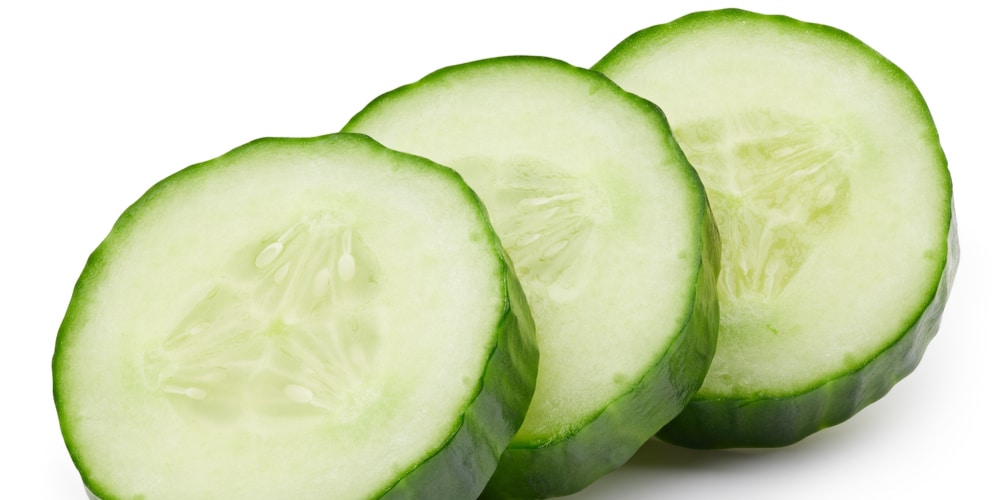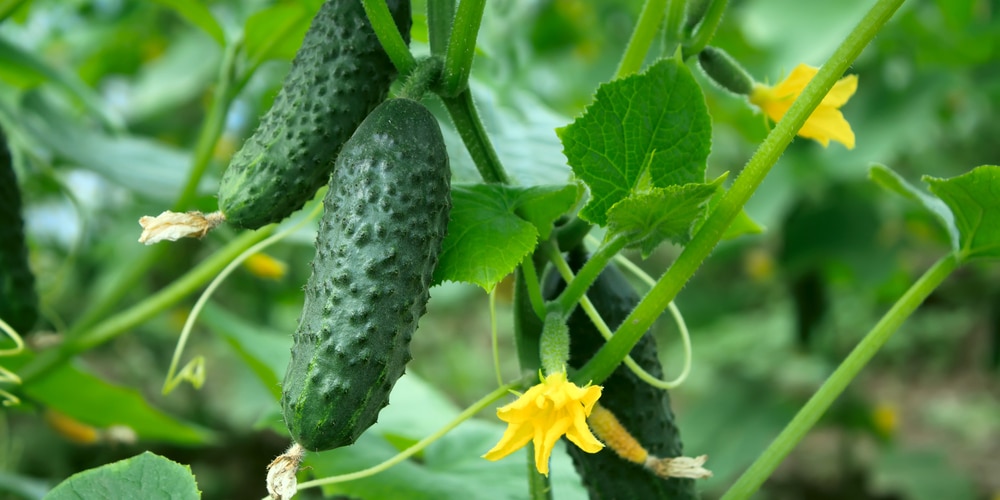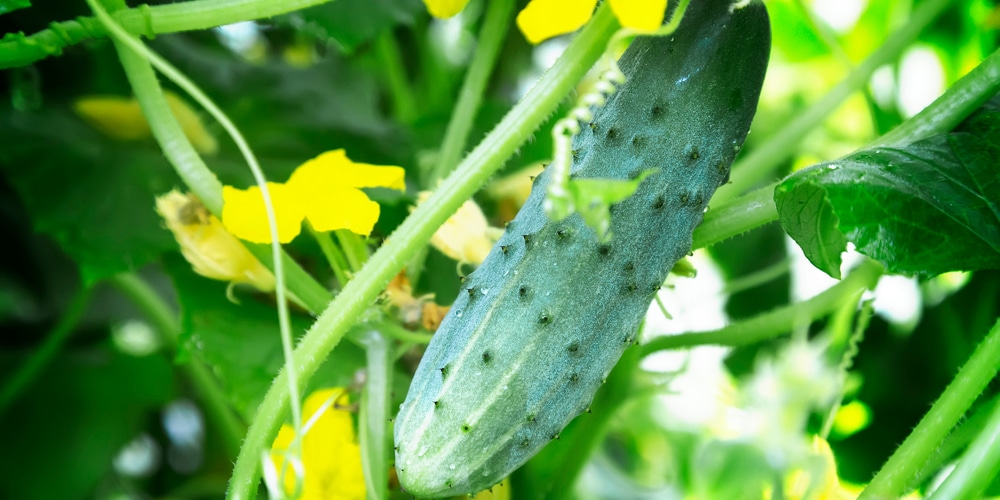Cucumber is a popular summer vegetable that is excellent raw in salads and can even be eaten cooked in Asian dishes. Cucumbers are also commonly used for pickling. The plants grow long and green fruits, as long as they are correctly cared for, cultivated in warm enough soil, and the flowers are pollinated.
There are several different cucumber varieties, and each produces a slightly different number of fruits per plant. The amount of fruit you can cultivate also depends on the growing conditions and how well you care for your plants.
If you’re wondering, how many cucumbers per plant? Read on; this article will tell you all about the different things that affect how many cucumbers are produced on a single plant.

How many cucumbers per plant?
It can be hard to estimate the exact number of cucumbers a plant is likely to produce as the variety, care, and health of the plant will affect how big it grows through its growth stages. In general, a cucumber plant that produces a pickling variety provides enough fruit for a quarter of a quart of pickles. If you want to make a whole quart of pickles, you should therefore plant three or four plants to get enough fruit.
A healthy cucumber plant is able to grow approximately five pounds of fruit on each plant. This is good to know if you are following a recipe and need a specific weight to make pickles.
If you love fresh salads are looking to grow cucumbers for slicing, you should grow two or three plants for each person in your household. This will allow you to harvest plenty of cucumbers throughout the summer, and your family will be able to eat a planet of healthy salads.
A healthy salad cucumber plant will grow about ten cucumbers on each plant, weighing about 6oz. The exact number of cucumbers you end up with will depend on the variety of seeds you plant. In general, Heirloom varieties produce slightly less fruit than other more popular types. You’ll find that an heirloom plant can grow a total of two or three pounds of cucumbers on each plant.
How to Increase Cucumber Yield
A cucumber plant will produce more fruit when cared for correctly. Ensure that your plant is regularly watered and is planted in good quality soil that’s well-drained. Plant your seeds in a sunny location or in a greenhouse where the plants will be in the full sun. You may like to use a trellis, which will allow the plant’s vines to climb. This is beneficial to the fruit as it will be kept off the ground and away from pests.
Harvesting the fruit in the correct way will allow your plants to increase their yield. Many gardeners find that harvesting from a trellis is easier. Don’t harvest all the cucumbers at once; instead, pick cucumbers when they get big enough and do so every other day. This will encourage the plant to continue producing fruit throughout the growing season. It’s a good idea to check your plants daily to see which fruits are ready for harvest.
Pickling cucumbers can be harvested when they reach a length of between one and six inches. If you’re making dills, you’ll need to leave the cucumbers on the plant slightly longer until they reach a length of between 4 and 6 inches.
For salad cucumber varieties, wait until the fruit grows to at least six inches. If you’re growing either Armenian or English cucumbers in a greenhouse, the fruit can get slightly longer, and you can wait until your fruits are between 12 and 15 inches long. Burpless cucumbers are also larger and should be picked when they are at least ten inches long and have a diameter of between one and 1 1/2 inches.
What causes a Decreased Yield?
If you’ve noticed that your cucumber plant is producing less fruit than you’d hoped, there may be several reasons for this. Often when people infrequently harvest their cucumbers, they experience a reduced yield.
Cucumber plants should be grown with enough space in between plants; otherwise, they will likely produce less fruit. Cucumbers should be placed at least eight 12 inches apart and have up to six feet between hills. This will ensure they are close enough to be pollinated but have enough space to grow. If plants are too far apart, they may not be adequately pollinated, and this will decrease fruit production.
Don’t leave your cucumber fruit to become too mature, or they will overripen. When you don’t harvest a cucumber on time, it will continue to grow and become very large. It will then begin to turn yellow and will eventually start to rot. The seeds inside the fruit will also start to harden and can be grown next year if you decide to collect them.
If you notice any overripe cucumbers, you’ll need to pick them as soon as possible. Make sure you pick them even if you don’t want to eat the fruit so that the plant redirects its energy into growing more cucumbers. Failing to pick an overripe cucumber may result in the fruit becoming rotten, and this can attract pests or animals. In many cases, the cucumbers haven’t gone bad if they have recently started to turn yellow. You may find that they have a slightly bitter flavor which is not to everyone’s liking.
If your cucumber has white leaves, that can be a sign of pests or diseases.
Harvesting Tips
Cucumbers need to be harvested carefully so as not to damage the vine and the rest of the plant. You can cut the cucumber 1/4 inch above the fruit’s stem. It’s best to cut the cucumber with a sharp knife rather than trying to pick the fruit, which is more likely to cause damage to the vines.
Conclusion
Cucumbers will produce fruit throughout the season if cared for correctly. Be careful when harvesting the fruit and do so on an ongoing basis to encourage new fruits to grow. Once picked, you can pickle your cucumbers or enjoy them on a fresh salad. Cucumbers can be stored in the fridge for up to a week.

